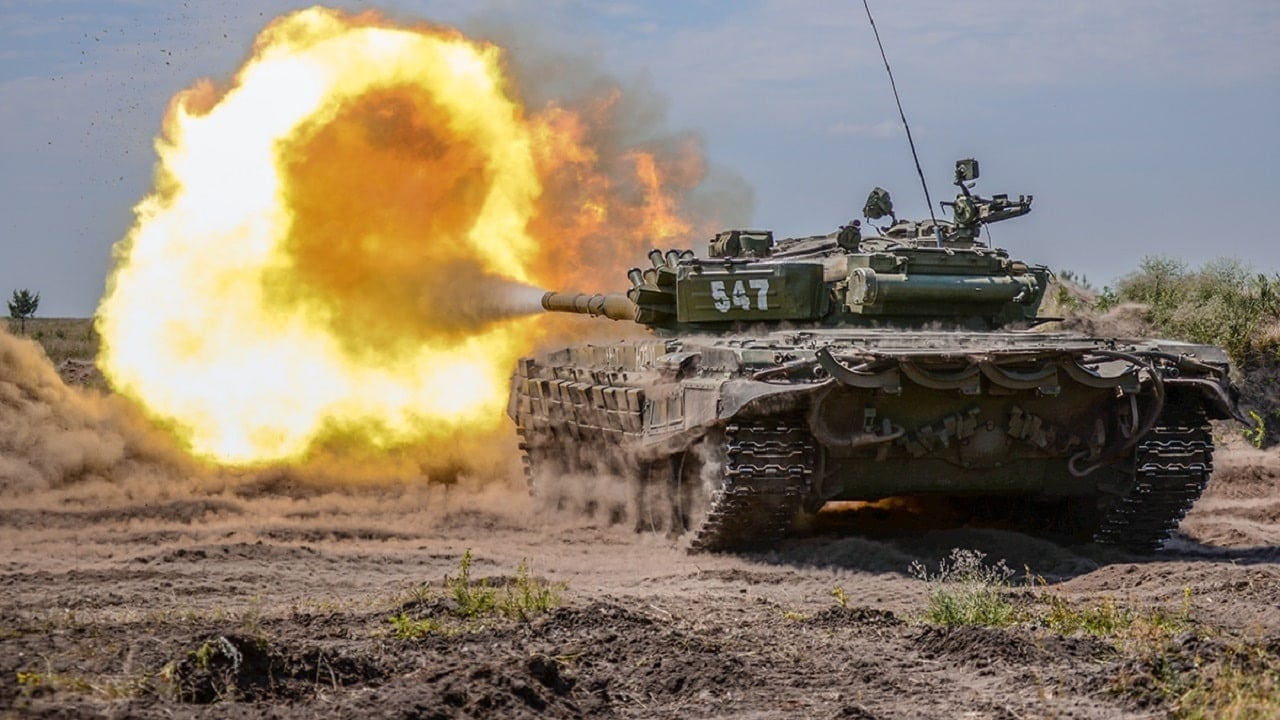Why Would Washington Support Transfer of Tanks But Not Planes to Ukraine? – Though Washington nixed Warsaw’s plan to supply the government of Ukraine with its Soviet-era MiG-29 fighter jets last month, The New York Times reported on Friday that the United States would work with allies to transfer Soviet-made tanks to Ukraine to help the nation bolster its defenses in the Donbas region.
The transfers, which were requested by Ukrainian President Volodymyr Zelenskyy, could begin soon.
It is unclear exactly how many tanks could be sent to the besieged nation or from which countries the tanks could come, but it is believed most would be T-72s – suggesting they would be from former Warsaw Pact nations that are now NATO members. That would include Bulgaria, Czechia (Czech Republic), Poland, and Romania. Ukraine is already an operator of the T-72 main battle tank (MBT), but largely has relied on variants of the older T-64 tank in its struggle against the Russian invasion.
Many of the mid-Cold War T-64s, which have been described as “super tanks,” was manufactured at a facility in Kharkiv – while the Russian T-72, a more affordable successor MBT, was produced at the UralVagonZavod factory in Russia. In addition, both Russia and Ukraine have a number of T-80 tanks.
The 45- to 50-ton T-72 has a crew of three – including a commander, driver, and gunner – and the MBT is armed with an autoloading 125-millimeter 2A46 gun as well as heavy and medium machine guns on the turret. A staggering 25,000 T-72s have been built, with dozens of subvariants in service across the globe from Nicaragua to Poland, India to Ethiopia.
After the dissolution of the Soviet Union in the early 1990s, Ukraine “inherited” around 1,300 of the T-72s in various configurations. However, it opted to keep the more capable T-64s in operational service, and sold some 870 of the T-72 to many states in Africa and Asia.
Taking the Fight To Russia?
Neither the Pentagon nor the White House has responded to a number of media requests for comment on when the transfer of the MBTs to Ukraine would begin, but it has been reported that the tanks could help reinforce the Ukrainian military in the Donbas region of southeastern Ukraine bordering Russia. The tanks could be used to conduct “long-range artillery strikes on Russian targets.”
Moscow recognized the independence of the two separatist provinces of Donetsk and Lubansk, and used their defense of the region as a pretext for invading Ukraine in February. Last week, Russia appeared to indicate that it would refocus its efforts on those eastern areas.
Why Tanks But Not MiGs?
The decision to send the Cold War MBTs to Ukraine comes just weeks after the Biden Administration flat out refused to support a deal that would see Poland supply its Soviet-era MiG-29 fighters to Kyiv.
Both the tanks and aircraft were operated by multiple Warsaw Pact powers, and both platforms are of Soviet origins. However, a couple of factors could be at play. The aircraft would have to be flown from a NATO base to Ukraine – and that could have resulted in a direct confrontation between NATO and Russian pilots, or Ukrainian pilots would have had to operate from a NATO base.
Neither option seemed acceptable to Washington.
In contrast, the tanks can be sent to Ukraine like other military equipment, loaded on trains or trucks, and then make a regular border crossing.
Another factor could be that the MiG-29 might not have offered much help to Ukraine. The vintage aircraft wouldn’t be a match for Russia’s newer planes, and Ukraine – which does operate the aircraft – would have issues keeping the aircraft in the skies due to maintenance required between each flight. For the Biden Administration that might not have been worth the risk as there was little “reward” to be gained from that transfer.
On the other hand, Ukraine has shown that it can go head to head with Russian armor and come out victorious. The tanks could further help turn the tide for Kyiv and even possibly help the Ukrainian military gain an edge in the Donbas region.
Now a Senior Editor for 1945, Peter Suciu is a Michigan-based writer who has contributed to more than four dozen magazines, newspapers and websites. He regularly writes about military hardware, and is the author of several books on military headgear including A Gallery of Military Headdress, which is available on Amazon.com. Peter is also a Contributing Writer for Forbes.

